Game Development Reference
In-Depth Information
2. Genre. A single sentence that places the game within a genre or a hybrid of
genres.
3. Gameplay. A paragraph that describes what kinds of actions the player can
perform during the game.
4. Features. A list of the major features that set this game apart, including
anything from technical advancements to artistic style.
5. Setting. A paragraph about what makes the game world and its occupants
unique and interesting.
6. Story. If the game has a story, summarize it here in a paragraph.
7. Target Audience. A single sentence that describes the demographic you're
trying to reach.
8. Hardware Platforms. A list of devices your game can be played on.
9. Estimated Schedule and Budget. Your estimate of how long the game will
take to develop and how much it will cost.
10. Competitive Analysis. A list of existing and planned games that will
compete with yours.
11. Team. Names and credentials of the design, tech, and art leads. Also, list the
games the organization has shipped.
12
Summary. A restatement of why this will be a great game, and why your
team is the one to develop it.
As discussed in Chapter 5, this is a more detailed version of the pitch document. It's
too large to use in a presentation meeting, but you should leave it for the publishing
team to give them a more in-depth understanding of your game.
1. High Concept. The one- or two-sentence statement of the experience you're
trying to create. This shouldn't change from the pitch doc.
2. Genre. A discussion of the genre your game falls under. This section should
include comparisons to other titles in the genre.
3. Gameplay. A description of the kinds of actions the player can perform
during the game, along with some examples.
4. Features. The pitch doc listed the features that set this game apart. Here, you
should go into more detail about why each of these features is important,
and how you'll implement them.

